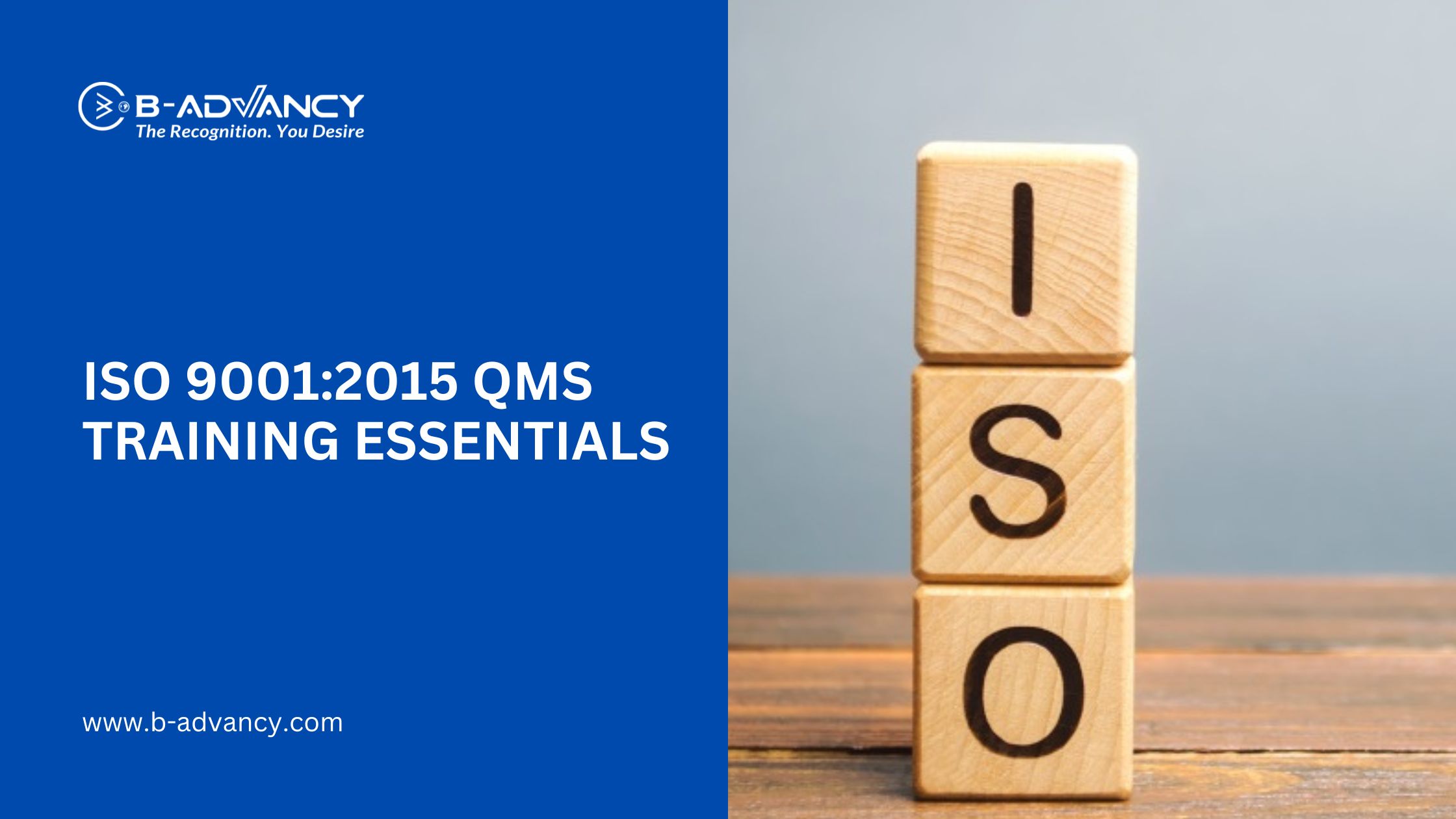
In today's competitive market, ensuring the highest quality in products and services is paramount. ISO 9001:2015, an internationally recognized standard for quality management systems (QMS), provides organizations with a framework to ensure customer satisfaction and continual improvement. This blog delves into the essentials of ISO 9001:2015 training, highlighting its requirements, key elements, and effective training methods and best practices.
ISO 9001:2015 is part of the ISO 9000 family of standards, which outlines the criteria for a quality management system. First published in 1987 by the International Organization for Standardization (ISO), ISO 9001 has undergone several revisions to adapt to the evolving business environment, with the latest update in 2015.
The purpose of ISO 9001:2015 is to help organizations ensure that they meet the needs of customers and other stakeholders while meeting statutory and regulatory requirements related to a product or service. The scope of the standard is broad, applicable to any organization, regardless of its size or industry.
Customer Focus: Understanding and meeting customer requirements is crucial for achieving customer satisfaction.
Leadership: Effective leadership establishes unity of purpose and direction within the organization.
Engagement of People: Competent, empowered, and engaged employees enhance the organization’s capability to create value.
Process Approach: Managing activities and resources as processes leads to more efficient outcomes.
Improvement: Continuous improvement is a permanent objective of the organization.
Evidence-based Decision Making: Decisions based on the analysis of data and information are more likely to produce desired results.
Relationship Management: Managing relationships with interested parties, such as suppliers, enhances performance.
ISO 9001:2015 adopts the High-Level Structure (HLS), which provides a standardized framework for management system standards. The structure includes the following clauses:
Context of the Organization: Understanding the internal and external factors that can affect the QMS.
Leadership: The involvement and responsibilities of top management in the QMS.
Planning: Addressing risks and opportunities, setting quality objectives, and planning changes.
Support: Managing resources, ensuring competence, communication, and maintaining documented information.
Operation: Planning and controlling processes, requirements for products and services, and managing nonconforming outputs.
Performance Evaluation: Monitoring, measurement, analysis, evaluation, internal audits, and management review.
Improvement: Managing nonconformities and implementing continual improvement processes.
Understanding the context involves analyzing the internal and external issues that can impact the QMS. This includes identifying the needs and expectations of interested parties such as customers, suppliers, and regulatory bodies.
Top management must demonstrate commitment to the QMS by establishing a quality policy, setting clear organizational roles, and ensuring responsibilities and authorities are defined and communicated.
Planning involves addressing risks and opportunities, setting quality objectives, and planning necessary changes. This ensures the QMS can achieve its intended outcomes and improve continually.
Support encompasses the resources required for the QMS, including human resources, infrastructure, and the working environment. It also involves ensuring competence, providing necessary training, effective communication, and maintaining documented information.
Operation covers the planning and control of processes, meeting requirements for products and services, design and development, and controlling externally provided processes, products, and services. It also includes the production and service provision, release of products and services, and control of nonconforming outputs.
Performance evaluation involves monitoring, measurement, analysis, and evaluation of the QMS to ensure it is effective and achieving the desired results. It includes conducting internal audits and management reviews to identify areas for improvement.
Continuous improvement is essential for maintaining the effectiveness of the QMS. This includes managing nonconformities, implementing corrective actions, and continually seeking opportunities for enhancement.
Training ensures that employees are competent and aware of their roles in the QMS. It is crucial for achieving quality objectives and maintaining compliance with ISO 9001:2015.
On-the-job Training: Practical training provided at the workplace.
Classroom Training: Traditional instructor-led training sessions.
Online Courses and E-learning: Flexible, self-paced training modules.
Workshops and Seminars: Interactive sessions focused on specific topics.
Peer Learning and Mentorship: Learning from experienced colleagues.
Assessing Training Needs: Identify the skills and knowledge required for different roles.
Developing a Training Plan: Outline training objectives, methods, and schedules.
Engaging Qualified Trainers: Use experienced trainers to deliver high-quality training.
Using Interactive and Practical Training Methods: Incorporate hands-on activities and real-world scenarios.
Regularly Updating Training Materials: Ensure training content is current and relevant.
Evaluating Training Effectiveness: Assess the impact of training through feedback and performance metrics.
Real-world examples highlight the success of ISO 9001:2015 training programs. Companies that invest in comprehensive training often see improved quality performance, higher customer satisfaction, and a culture of continuous improvement. Lessons learned from these examples can provide valuable insights and tips for other organizations.
Implementing and maintaining an ISO 9001:2015 quality management system is vital for any organization striving for excellence. Comprehensive training is a key component in achieving and sustaining ISO 9001:2015 compliance. By understanding the standard's requirements, key elements, and effective training methods, businesses can ensure their QMS is robust and capable of driving continual improvement. Investing in quality management training not only enhances organizational performance but also delivers long-term benefits by fostering a culture of quality and customer satisfaction.